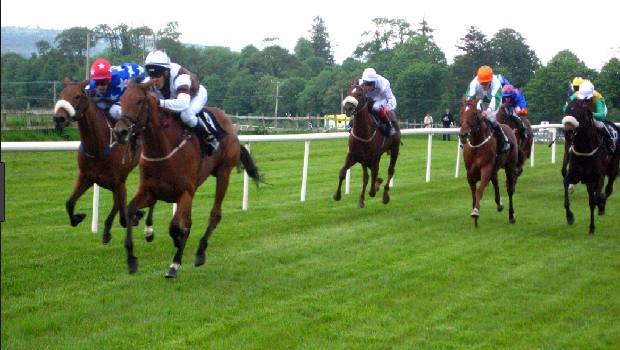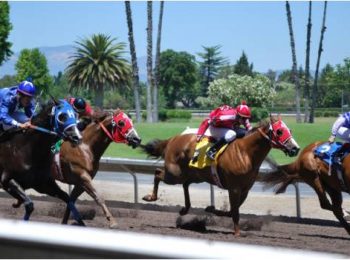British racing’s fixture list is to be reduced for the first time in many years, it was revealed on Thursday, when the BHA also announced several other measures designed to improve the sport’s finances and health of its participants.
The 2020 fixture list will contain 1,491 meetings, down from 1,511 programmed this year, and the first reduction since 2012, when the 1,456 fixtures was a dip on 1,480 the previous year.
The mental wellbeing of the industry’s participants has come under the spotlight this week with Doncaster clerk of the course Roderick Duncan among those to speak out about the relentless nature of the racing calendar, and changes will be adopted for 2020 in a bid to ease the burden.
Among the changes will be an extension and to the blank days at the Christmas period, with a four-day gap beginning on December 22. Jump jockeys will also benefit from a longer holiday in August, with their break stretched out to 12 days from nine.
As well as taking into consideration mental health and wellbeing, the 2020 fixture list has been devised in order to better meet the betting public’s demands.
Data modelling suggests a reduction of fixtures will help increase field sizes and each-way returns, important factors not only for the betting product, but also when the sport is facing declining income streams from the Levy and media rights.
None of the contributing factors were given more weight than the others, but coming to a conclusion on the number of fixtures was not a universal decision, with the leaders of the BHA, Racecourse Association and Horsemen’s Group unable to reach a consensus. As a result the process required the BHA Board to reach a decision, which it did on Wednesday.
Richard Way man, chief operating officer for the BHA, said:” We are grateful for the efforts of all those involved in continuing to develop the fixture list so that it best serves the longer-term interests of the sport and it is pleasing that a number of new initiatives have been agreed for next year.
“Discussions around fixture volume are often challenging, particularly so when prize money levels are under pressure. In reaching its decision, the Board sought to balance income considerations with the longer-term outlook for the sport, its customers and all those employed in racing.”





















